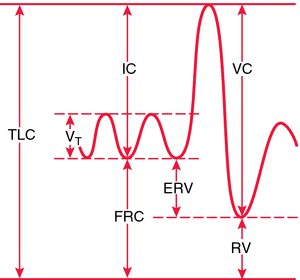One of the under-appreciated complications of cervical spine fractures is dysphagia. This problem disproportionately affects the elderly, and is most common in patients with C1-C3 fractures. Swallowing becomes even more difficult when the head is held in position by a rigid cervical collar, which is the most common treatment for this injury.
How common is dysphagia in patients with cervical spine injury? What is the best way to detect it? These questions were asked by the group at MetroHealth Medical Center in Cleveland. They retrospectively reviewed their experience with patients presenting with cervical spine injury for 14 months, then prospectively studied the use of routine, nurse-driven bedside dysphagia screening in similar patients for a year. They wanted to test the utility of screening, and judge its impact on outcome.
Here are the factoids:
- 221 patients were prospectively studied and received a bedside dysphagia screen, but only 114 met all inclusion criteria and had the protocol properly followed (!)
- 17% had dysphagia overall, with an incidence of 15% in cervical spine injuries and 31% in those with a concomitant spinal cord injury
- The bedside dysphagia screen was 84% sensitive, 96% specific, with positive and negative predictive values of 80% and 97%, respectively
- There were 6/214 patients with dysphagia complications in the retrospective group vs 0/114 in the screened group
Bottom line: This abstract actually puts a number on the incidence of dysphagia on this group of patients. I wish the patient numbers could have been higher, but they are still very good. The results are convincing, and the negative predictive value is excellent. If the screen is passed, then the patient should do well with feeds. I recommend that all patients with cervical spine injury treated with a rigid collar undergo this simple screen, and have appropriate diet adjustments to limit complications.
Here are some questions for the authors to consider before their presentation:
- Please share the details of the nurse-driven component of the bedside dysphagia screen, and how you determine when a formal barium swallow is indicated
- Why did your prospective study group drop from 221 to 114?
- When did you typically perform the screen? Fracture swelling may not peak for 3 days, so early screening may not be as good as later screening.
- This was a nice study, with a very practical and actionable result!
Reference: EAST Podium abstract #10.


